From here, many ideas and enthusiastic and feasible suggestions have been recorded.
Favorable socio -economic infrastructure factors combined with the UNESCO title will create a "double boost" for Ho Chi Minh City to make a breakthrough not only in cinema but also in many other fields.
When Ho Chi Minh City officially joined the UNESCO Creative Cities Network in the field of cinema, it was also the time when the Prime Minister signed Decision 2486/2025, approving the Strategy for the development of Vietnam's cultural industries to 2030, with a vision to 2045.
Realizing Strategy 2486
The two events mentioned above took place in parallel, like a blend of aspiration and determination, opening up a special opportunity for Vietnam to enter a new era: an era that considers culture as a driving force for development, considers creativity as an endogenous source of strength, and considers cinema as a bridge between Vietnam and the international community.
Over the years, Vietnamese cinema has made significant progress. However, it was not until Ho Chi Minh City was honored by UNESCO that the role of the cinema industry was truly fully recognized in the national development strategy. Cinema is not simply the art of storytelling through images. Today, cinema is also an industry with great influence, where each successful film can create a "domino effect" in the fields of tourism, advertising, fashion , cuisine, design... and even national image.

Associate Professor, Dr. Bui Hoai Son, full-time member of the National Assembly's Committee on Culture and Society. (Photo: HOANG TRIEU)
Before Decision 2486, Vietnam had established a vision for cinema development in Decision 1755/2016 of the Prime Minister. Accordingly, cinema was considered one of the cultural industries that needed to develop strongly to contribute to economic growth, employment and cultural integration. The following figures showed the movement in the right direction: Vietnam's cinema market continuously grew by double digits, investment levels increased, the professional team became more mature, and works were more internationally accepted.
However, this rapid development also revealed some limitations: Vietnam lacks international standard film production infrastructure, lacks incentive mechanisms for creative enterprises, lacks formal training, lacks policies to attract large film studios, and lacks cultural industry centers of sufficient size to "retain" the flow of creativity. Therefore, Decision 2486 was born to fill that gap, with a clear goal: By 2030, cultural industry will contribute 7% of GDP and by 2045, it will reach 9% of GDP, making Vietnam a competitive country in the field of cultural industry in Asia.
In the Strategy for the Development of Vietnam's Cultural Industries to 2030, with a Vision to 2045 (abbreviated as Strategy 2486), cinema is considered one of the 10 key cultural industries. Not only that, cinema also plays a "locomotive" role - capable of creating digital products, creative products with high economic value, while contributing to telling the story of Vietnam to the world in the most subtle way.
At this point, Ho Chi Minh City becoming a UNESCO "creative city" of cinema is a "living proof" that Vietnam is fully capable of realizing the goals of Strategy 2486.
New advantages for the most dynamic city in the country
Becoming a UNESCO “Creative City” of Cinema is not easy. The title demonstrates that Ho Chi Minh City has all the elements of a creative city of cinema: a large filmmaking community, the largest film market in the country, thriving creative spaces; a team of skilled artists and technicians; especially an “urban spirit” that is open, dynamic, and ready to innovate.
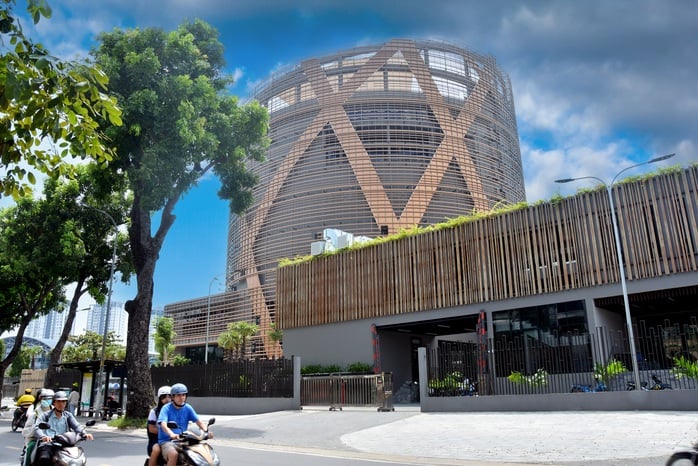
Phu Tho Circus and Multi-purpose Performance Theatre (HCMC) has just been inaugurated, with a capacity of 2,000 seats. The project has many modern items, serving many types of performing arts and cultural events. (Photo: TAN THANH)
With more than 70% of the country’s film activities taking place in Ho Chi Minh City, it has long been the “heart” of the Vietnamese film industry. Film studios, special effects companies, sound studios, distribution units and hundreds of creative start-ups are all based in Ho Chi Minh City. This creates a natural creative ecosystem that cannot be found anywhere else in the country.
When recognized by UNESCO, Ho Chi Minh City will have the opportunity to connect with 350 global creative cities, including many "cinema capitals". International film crews will have easier access to Ho Chi Minh City, attracting investment capital, film tourism and creating more high-quality jobs. The official "creative brand" from UNESCO helps Ho Chi Minh City attract businesses, training schools, investment funds and large cultural organizations.
Vietnamese artists, producers, screenwriters, and directors also have the opportunity to access programs, scholarships, film funds, and international film festivals that were previously limited. These are opportunities not only for Ho Chi Minh City, but also for the Vietnamese cultural industry. Because the creative energy of Ho Chi Minh City will spread to other regions, creating a new distribution for the cultural and artistic fields across the country.
In the eyes of the international community, Ho Chi Minh City is not only a dynamic economic city, a regional service and trade center, but also a birthplace of cinematic stories that can conquer global audiences. This helps to reposition Vietnam's image on the world's creative map.
Many other creative cities will rise up
What makes this event powerful is not only the UNESCO title, but the moment it "meets" Strategy 2486. Strategy 2486 creates a policy framework, vision, goals, and support mechanisms. Ho Chi Minh City - with the title of "creative city" of cinema - becomes the place where those goals can be realized most clearly, quickly, and most strongly.
With its current socio-economic infrastructure, Ho Chi Minh City can absolutely become a growth pole of Vietnam's cultural industry. Ho Chi Minh City has a large population, a young and abundant workforce, a strong entrepreneurial spirit, a large cultural consumer market, rare cultural diversity and the best international connectivity in the country. These factors combined with the UNESCO title will create a "double boost" for Ho Chi Minh City to make a breakthrough not only in cinema but also in many fields: advertising, performing arts, creative design, music, games, fashion, cultural tourism...
For Vietnam, Ho Chi Minh City will play a similar role to Seoul for Korea, London for the UK or Toronto for Canada... These are creative centers with strong influence, pulling the entire national ecosystem up.
When Ho Chi Minh City develops strongly, Strategy 2486 will have a solid practical foundation to move forward. At that time, the goal of contributing 7% of GDP by 2030 will become feasible; the formation of a national cultural industrial value chain will be clearer; the need to invest in film studio infrastructure, creative spaces, copyright data, and creative technology ecosystems will become urgent.
By then, Vietnam will not only have one "creative city" for cinema, but many other creative urban areas will rise up. Ho Chi Minh City is the starting point - but not the end point. The city's title is a message sent to the whole country: Vietnam can absolutely become a strong country in the cultural industry if it knows how to put creativity at the center of its development strategy.
Two strong signals
The fact that Ho Chi Minh City was recognized by UNESCO as a creative city of cinema, along with Strategy 2486, are two strong signals that Vietnam is entering a new era of cultural development. This is not only the pride of Ho Chi Minh City, nor is it a formal title, but a real opportunity for Vietnam to make a breakthrough, when culture is considered a soft resource of the country, an economic driving force and a bridge to spread the image of Vietnam more widely in the world.
(To be continued)
Source: https://nld.com.vn/hien-ke-giai-phap-phat-trien-cong-nghiep-van-hoa-cuc-tang-truong-moi-tu-thanh-pho-sang-tao-196251120213057458.htm



![[Photo] President Luong Cuong receives Speaker of the Korean National Assembly Woo Won Shik](/_next/image?url=https%3A%2F%2Fvphoto.vietnam.vn%2Fthumb%2F1200x675%2Fvietnam%2Fresource%2FIMAGE%2F2025%2F11%2F21%2F1763720046458_ndo_br_1-jpg.webp&w=3840&q=75)
![[Photo] Visit Hung Yen to admire the "wooden masterpiece" pagoda in the heart of the Northern Delta](/_next/image?url=https%3A%2F%2Fvphoto.vietnam.vn%2Fthumb%2F1200x675%2Fvietnam%2Fresource%2FIMAGE%2F2025%2F11%2F21%2F1763716446000_a1-bnd-8471-1769-jpg.webp&w=3840&q=75)
![[Photo] General Secretary To Lam receives President of the Senate of the Czech Republic Milos Vystrcil](/_next/image?url=https%3A%2F%2Fvphoto.vietnam.vn%2Fthumb%2F1200x675%2Fvietnam%2Fresource%2FIMAGE%2F2025%2F11%2F21%2F1763723946294_ndo_br_1-8401-jpg.webp&w=3840&q=75)

![[Photo] National Assembly Chairman Tran Thanh Man holds talks with President of the Senate of the Czech Republic Milos Vystrcil](/_next/image?url=https%3A%2F%2Fvphoto.vietnam.vn%2Fthumb%2F1200x675%2Fvietnam%2Fresource%2FIMAGE%2F2025%2F11%2F21%2F1763715853195_ndo_br_bnd-6440-jpg.webp&w=3840&q=75)
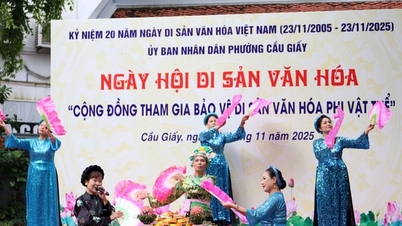




























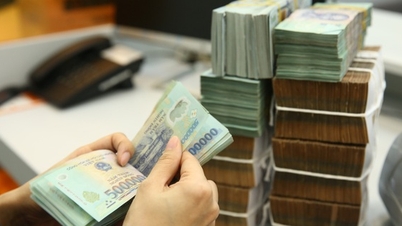


























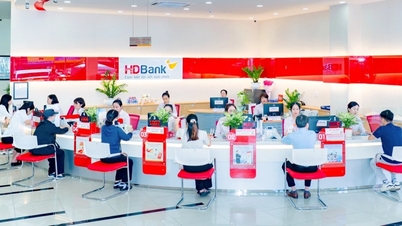















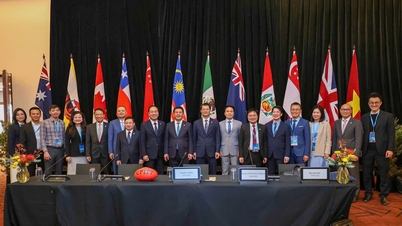












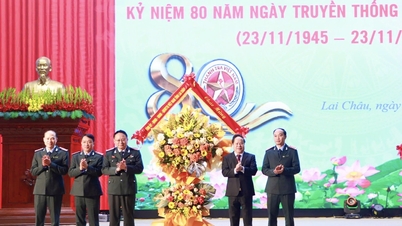


















Comment (0)